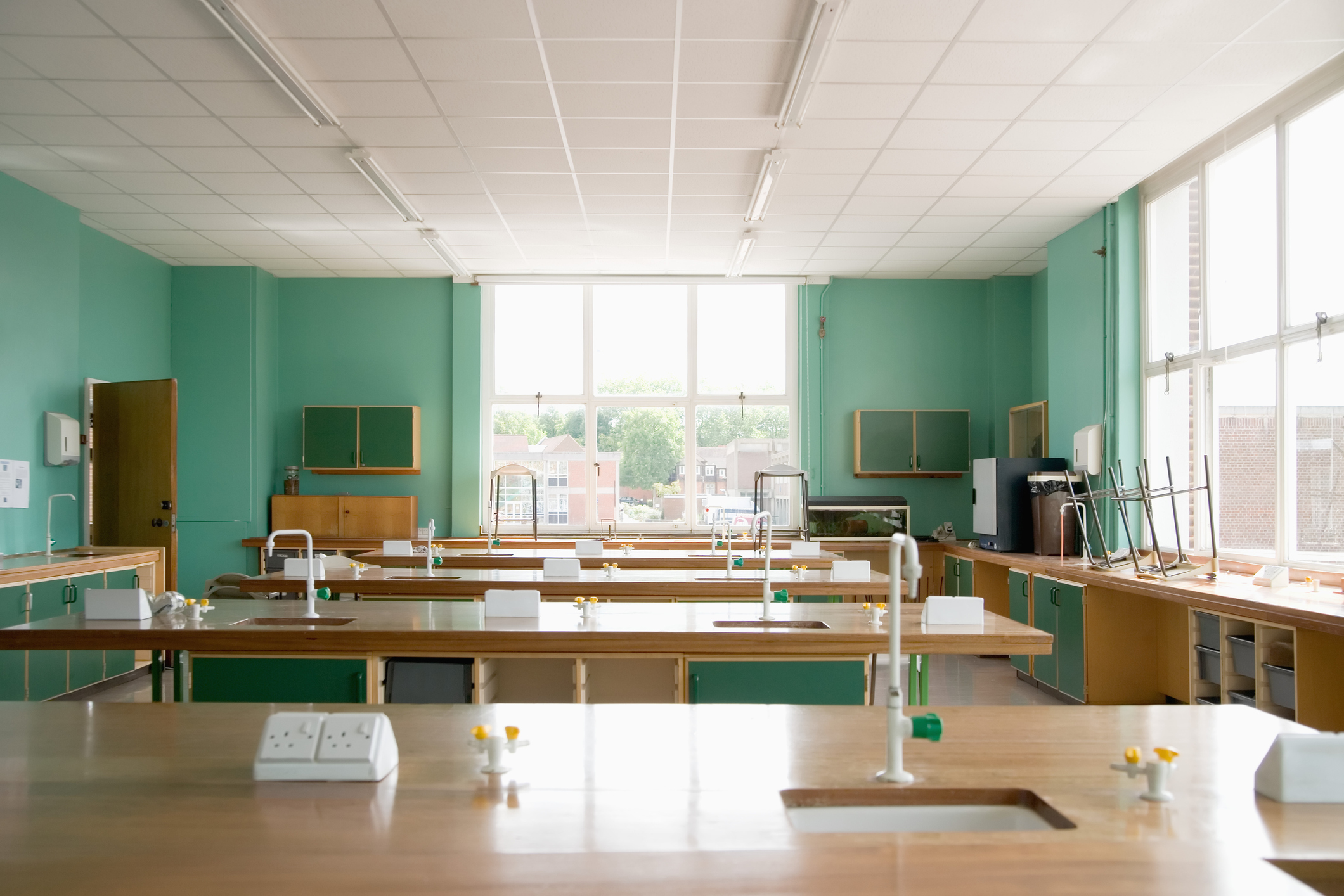For career and technical education (CTE) teachers, an important element of their training is classroom, laboratory and facilities management to establish and maintain safer learning environments. Because when students witness safer practices being modeled and enforced, they will emulate what they have learned. Further, a forthcoming report in Safety Science indicates that teachers who had comprehensive safety training were 49% less likely to have had an accident in their courses.
What is comprehensive safety training?
In short, this involves the completion of a postsecondary education course that covers safety topics, safety training from one’s school system upon initial hiring, and safety updates/retraining within the past five years (Love, Roy, >amp; Sirinides, in press).
This article highlights research findings to help educators advocate for safety in CTE.
The health and safety of students and instructors has been a concern dating back to early vocational educational programs (Threeton >amp; Evanoski, 2014). During the early 20th century, as a result of factory safety concerns and child labor laws, many adults stopped bringing their children to work to learn the trades. This led to a greater focus on career education programs in public schools, and safety was an immediate concern — as documented by Lewis A. Wilson in his 1916 book, titled Safety First for Vocational Schools. And while safety remains a foundational pillar of many CTE programs, continual advancement is needed.
Lower the occupancy load.
Teachers reported that overcrowding was the second greatest cause of accidents, behind students failing to follow safety instructions. And 57% reported teaching classes with 25 students or more. These results are extremely concerning given that studies found accident rates to increase significantly (by nearly half) when occupancy exceeds 24 students per instructor (Love, Roy, >amp; Sirinides, in press; West, 2016).
Other safety factors, such as course preps per semester, also have an impact on the frequency of accidents.
Consider best practices and risk factors for safety in CTE.
Further research revealed what safety practices and factors correlate significantly with decreased accident occurrences and in what areas CTE educators should seek to improve (Love, Roy, >amp; Sirinides, in press; Love, Sirinides, >amp; Roy, 2022).
Safety practices associated with fewer accidents
- Safety zones taped or painted on the floor near potentially hazardous equip- ment and work areas
- Non-skid strips and/or rubber matting placed near potentially hazardous equipment
- Storage cabinets shut and locked
- Fire extinguisher located within 25 feet of lab activity areas
- Dust collection system connected directly to equipment
- Appropriate personal protective equipment worn by everyone in the room
Areas for improvement in safety practice
- 43% reported that their school system conducts annual safety audits
- 49% had a copy of their safety data sheets (SDS) readily accessible
- 69% required students to sign a safety acknowledgment form
- 27% had non-skid strips and/or rubber matting near potentially hazardous equipment
- 61% had a fully stocked first aid kit in their croom or lab
- 51% worked in a school system that had a PPE policy
While these data won’t apply to all CTE programs of study, there are valuable takeaways that can enhance CTE instruction. The highlighted safety concerns should serve as topics for reflection and discussion among school systems, administrators, educators, families, teacher preparation programs, state education departments, and others involved in high-quality CTE.
Safety is a shared responsibility among education stakeholders.
[pdf-embedder url=”https://www.acteonline.org/wp-content/uploads/2023/01/Techniques_-ACTE_-January-2023-_-Safety.pdf” title=”Techniques_ ACTE_ January 2023 _ Safety”]
Tyler S. Love, Ph.D., is a professor, director of graduate studies in career and technology education, and coordinator of undergraduate technology and engineering teacher preparation in Baltimore, Maryland, for the University of Maryland Eastern Shore.
Kenneth Russell Roy, Ph.D., is the director of environmental health and safety for Glastonbury Public Schools in Connecticut.








